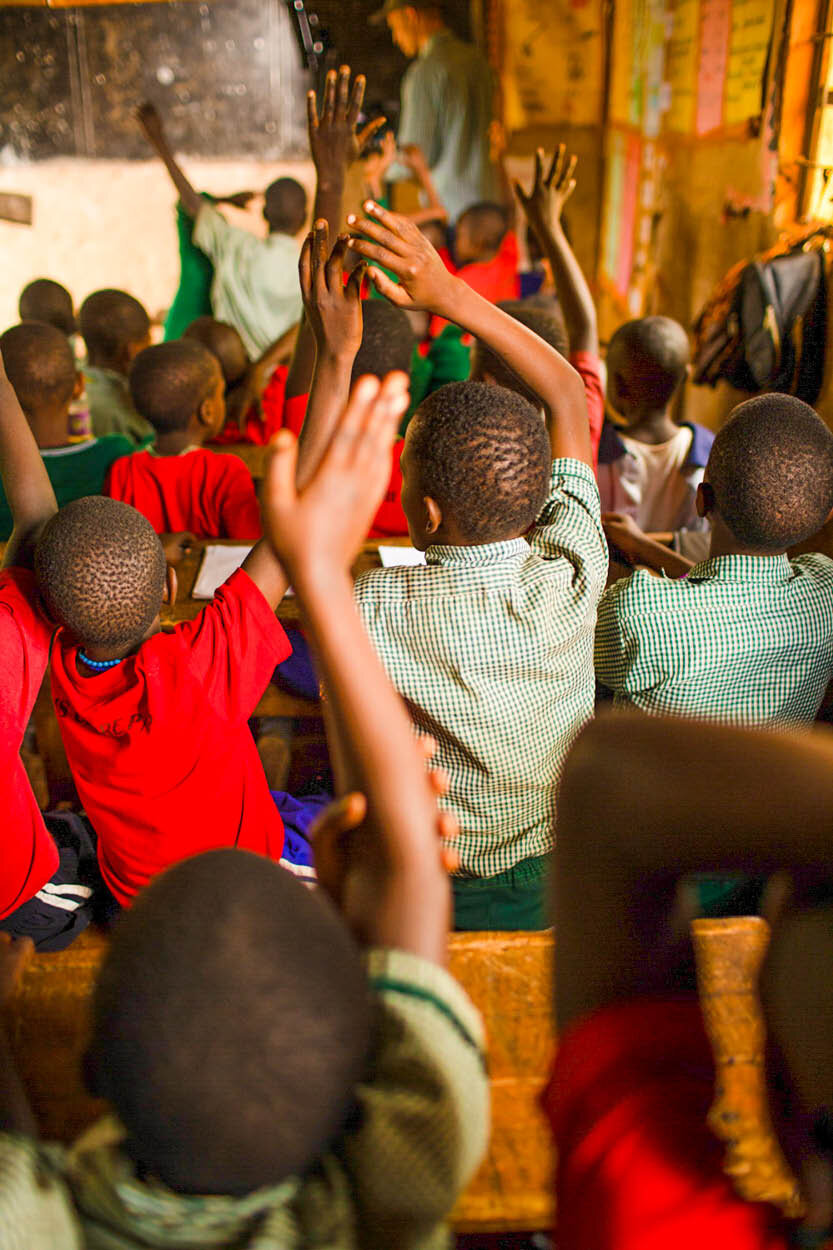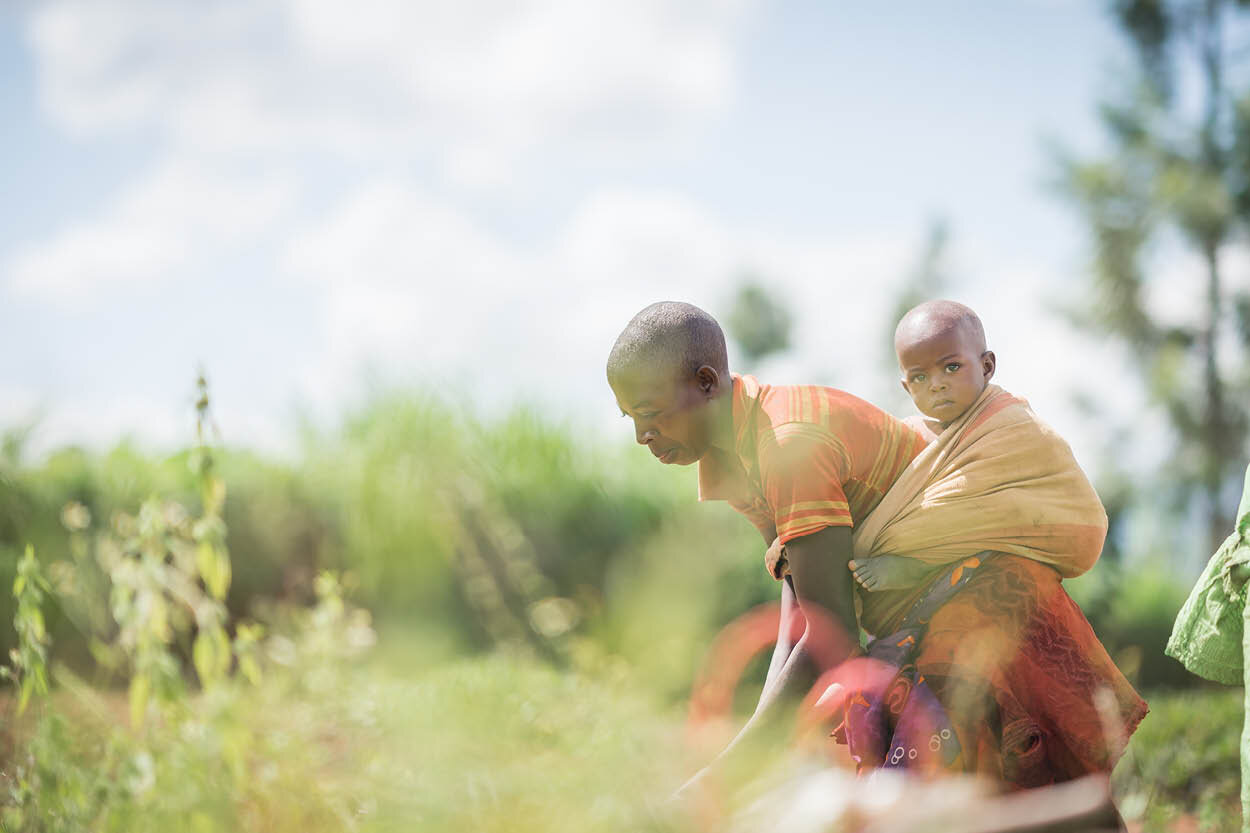In our current cultural moment, we have been given a gift. Amidst the turmoil and upheaval surrounding racial inequity and violence, we have been offered some terminology that is applicable to understanding the importance of the work our partners are doing to identify and stop the stigma of HIV/AIDS.
It all begins with something that Ibram X. Kendi, in his book, How to Be Anti-Racist, describes as the progression that leads to systemic racial inequity. He writes that racist thoughts turn into racist ideas that become racist policies. In between each of those mutations there are lots of observations, experiences, and societal confirmations that, depending on the lenses a person decides to use, can move them down a racist path without much thought or conscious investment.
This pathway that Kendi describes is helpful for understanding how stigma surrounding HIV/AIDS can take root. It is also helpful for us to see how vital a host of interventions can be in helping people with compromised immune systems live healthy and whole lives.
When HIV first began to spread in Africa, there was very little baseline knowledge about the virus. People knew that something was causing friends, neighbors and family members to get sick. Much like the fear and distrust we are experiencing related to COVID-19, without a firm grasp on how a disease or virus spreads, people began to theorize and build hypotheses, most of them quite outside the realm of scientific or data-driven realities.
As people became more aware of the disease, and stories about people impacted became more prominent, this thought began to cross people’s minds: maybe the people around me are not safe. Much the same way as we have come to understand that emotions themselves are neither bad or good, rather the choices we make from those emotions are the basis for healthy life, a thought like, “people are not safe,” will lead to mental “solutions” for how to address that thought.
“Some people are dangerous… SO, I should distance myself from those people who are unsafe.” The formation of that idea leads to a number of different ideas. Ultimately, it leads us to ask the question of how to identify a dangerous person. To think that some people are dangerous leads to many ideas about who is and who isn’t dangerous, and what we should do to keep ourselves out of harm’s way. Eventually those ideas turn into actions which form the foundation of policies. The growth of policies such as these are formulated and adopted culturally and societally long before they make their way into established institutionalized or legislated forms.
It plays out like this:
>
“People are dangerous, SO I should distance myself from dangerous people.”
>
“I know they are dangerous because they look, act, work, or live a certain way.”
Once I have identified those people, I can then apply “policies” for how to act toward them:
>
“They should not be allowed into my home.”
>
“They should not be allowed to work in the same places where healthy people work.”
>
“They should not be allowed to eat in the same places where people who are not dangerous eat.”
Policies are not always laws.
More often, with regard to HIV/AIDS, the policies are societal. They were adopted by people who seek to protect themselves from something that was not fully known or understood. At its core, stigmatization and racist thoughts are both born out of a desire to control and destroy people who are feared and not understood. That is, after all, the skin and bones of the human condition.
The work of ending stigma in Africa has a lot to do with identifying those stigmatizing thoughts that become stigmatizing beliefs that influence actions and become stigmatizing policies. Just as there is a pathway that leads to stigma and racism, there are pathways that can undo them. They are hard fought and vulnerable paths. They require a deep commitment to honesty, courageous humility, and a willingness to pour ourselves out like offerings to our brothers, sisters, friends, neighbors, and especially those we think are our enemies.
It takes a lot of digging to find the first root of a thought that led to an idea that caused actions that became policies. Those trees of policy can sometimes grow for generations. So many of the policies we adhere to are simply habitual or familial. Sometimes the root is as deep as the tree is tall. And that is why our partners are so committed to fighting not only the outward actions and policies that dehumanize people living with HIV, but also to uprooting stigmatizing thoughts and ideas.
A good litmus test for identifying a stigmatizing policy is to ask:
>
“How much value does this policy (personal or societal) affirm about the human being it is focused on controlling?”
If it dehumanizes a person, it most likely means the policy or action was born out of a fearful need to control or destroy, instead of affirming and stewarding the priceless universe of stories, purposes, and perspectives alive in the God-imaged people before us.
Stigmatizing thoughts birth stigmatizing ideas that lead to stigmatizing actions that form stigmatizing policies. That pathway does not lead anywhere good. Every day we help our partners in their work of retracing steps and getting people on better pathways that lead to health and well-being.
You can help us.



